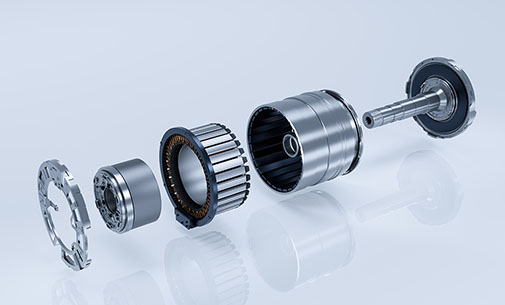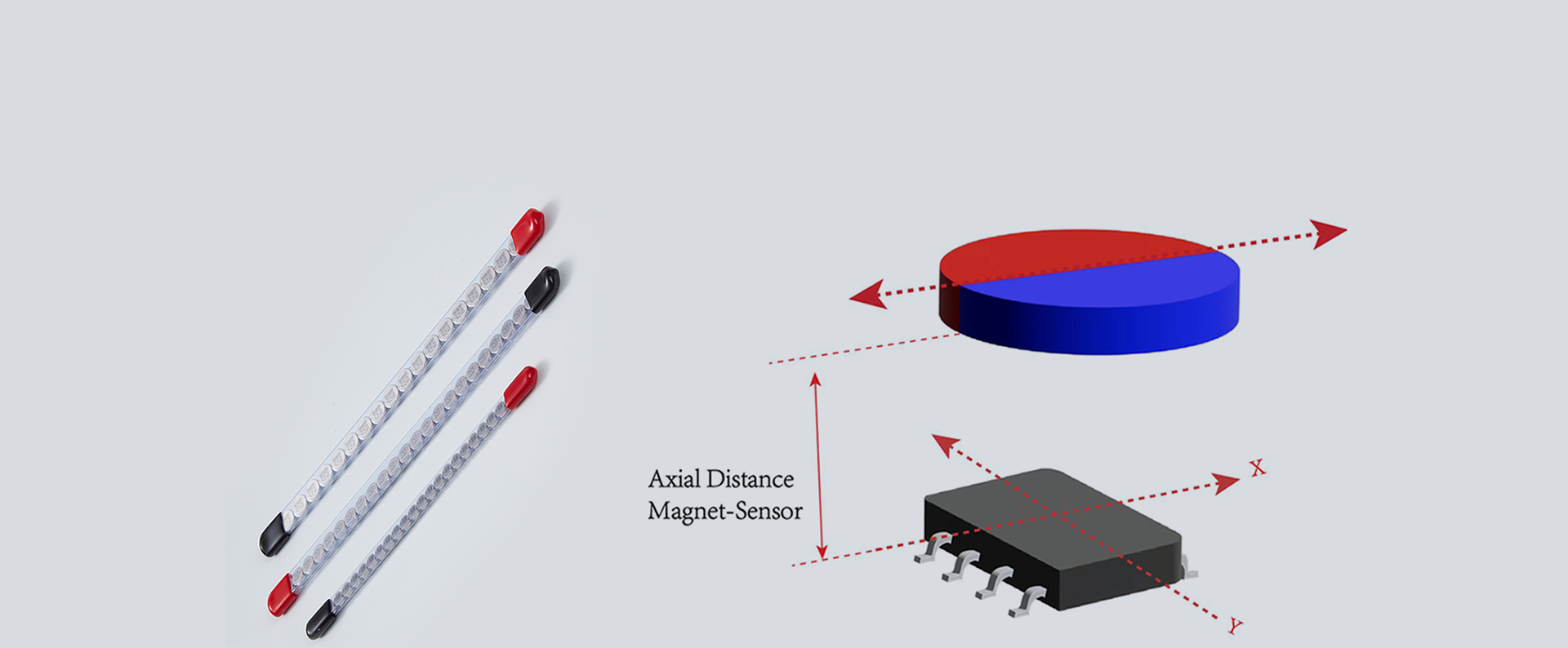Product Introduction
Hall Effect Sensor Disc Magnet
A Hall sensor disc magnet is a type of bipolar magnet that plays a crucial role as a key magnetic component in magnetic position sensor systems. These magnets are designed with two distinct magnetic poles (north and south) and are magnetized either diametrically or axially to produce a uniform magnetic field for position detection. The magnetization method, material selection, size, and shape of the bipolar magnets all have significant impacts on their performance, which in turn determines the overall accuracy and reliability of the sensor system.
Detailed Introduction
Professional Selection of Hall Sensor Disc Magnets In the application of magnetic position sensors, the choice of magnetic material is of utmost importance. Common magnetic materials include sintered samarium cobalt, sintered neodymium iron boron, and anisotropic ferrite, among others. Each material has its unique magnetic properties, thermal stability, and cost-effectiveness. When selecting, the following factors should be comprehensively considered: Cost-Effectiveness: Considering the economics of mass production, it is necessary to select a material that balances performance and cost. Magnetic Energy Product (Br): This reflects the magnet's ability to generate a magnetic field. A high magnetic energy product means a stronger magnetic field. Thermal Stability: This refers to the magnet's ability to maintain its magnetic properties in high-temperature environments, which is particularly important for applications requiring operation over a wide temperature range. Optimization of Magnet Size and Shape: The size (diameter and height) and shape of the magnet have a direct impact on the performance of the sensor system. Key considerations include: Diameter and Eccentricity Error: The selection of magnet diameter should match the expected eccentricity error to ensure measurement linearity and accuracy. Generally, the magnet diameter should be at least 10 times the maximum eccentricity error to reduce nonlinear errors. Air Gap Distance: The axial distance (air gap) between the magnet and the sensor needs to be optimized to balance signal strength and avoid saturation effects. It is generally recommended to be between 2mm and 5mm to ensure that the horizontal magnetic flux density is within the sensor's sensitive range (20 to 70 mT).













